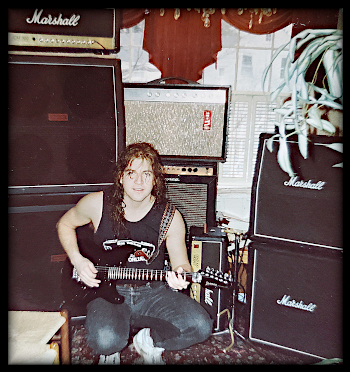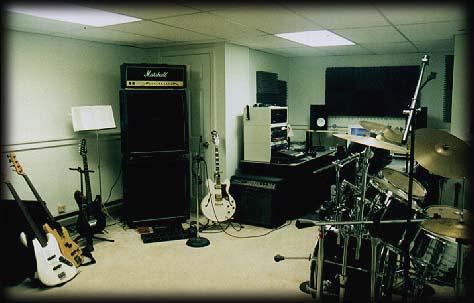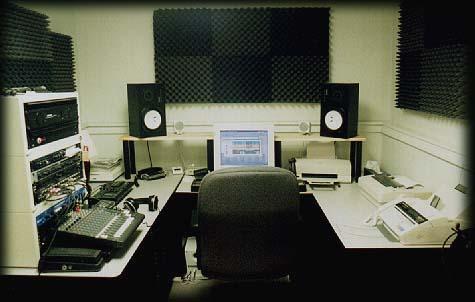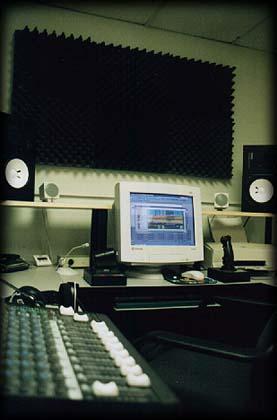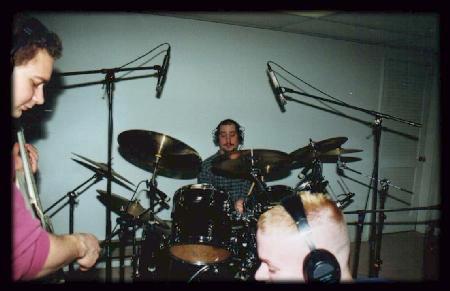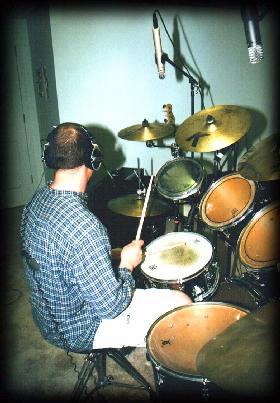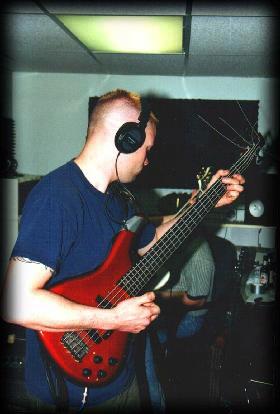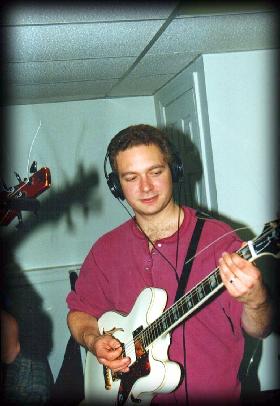Studio Update – 21 Years Later!
After 21 years, I have a home recording studio update! In 2020 I decided to overhaul and rebuild my home recording studio completely. The overhaul includes new furniture, upgraded outboard gear, instrument upgrades, improved soundproofing, and proper room acoustic treatments for a better room frequency response. I am modernizing everything as my budget allows. The studio design will focus on editing and mixing first and recording second.
Studio Update – The Details
Acoustic treatments will achieve an optimal room frequency response. Improved soundproofing will keep our neighbors happier when the studio is in use. The visual aesthetics will change to make a more comfortable and relaxing environment. There will be no more blinding white walls that the studio had originally. The new look will have a fantastic, darker, psychedelic vibe with controllable LED lighting. I will write in detail about the studio rebuild in future posts.
Studio Update – Outboard Gear Upgrades
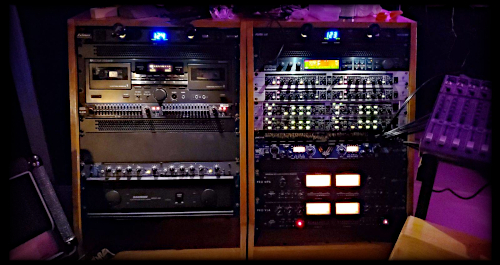
Power Supply: 2x Furman PL-PLUS DMC Power Supplies.
Rolling Mixer Stand (far right): Mackie 1402 VLS.

Left Rack: Two Fully Independent Monitoring Systems (see the following picture).
Right Rack: Outboard Gear (1x TC Electronics M-ONE XL Dual Channel Effects Signal Processor, 2x Behringer Composer MDX2100, 2x Behringer Composer Pro-XL MDX 2600, 1x Art TPII XL Tube Preamp System 2 (modded), 1x Art Pro MPA Tube Preamp (modded), 1x Art Pro VLA Voctrol/Tube Leveling Amp (modded)) for Vocals, Drums, and other instruments.
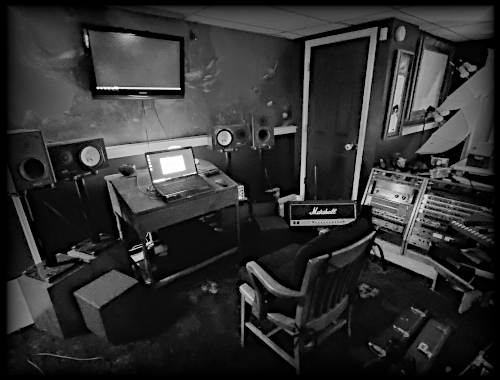
Acoustic Room Treatment: No acoustic room treatments at this point.
DAC/ADC Converter: Lexicon Omega (USB/Instrument/XLR) 24/48 Digital to Analog and Analog to Digital Converter.
A/B Controlling Unit: RCF MC-1 Monitor Controller
Cabling: Mogami Gold Studio XLR Cables, Van Damme Blue Series Studio Speaker Wire, Seismic Audio Speakers, 24K Gold Banana Connectors.
Monitor Chain 1: 1x DOD R430 Dual-Channel Graphic Equalizer, 1x Yamaha P2201 Power Amp, 2x Yamaha NS-10M Studio Monitors, 1x Yamaha NS-W2 Powered Subwoofer (Designed Specifically for NS-10’s Crossover Range).
Monitor Chain 2: 1x Ashly GQX-3102 Dual-Channel 31-Band Graphic Equalizer, 1x Ashly XR1001 Dual-Channel Crossover, 1x Samson Servo 550 Power Amp, 2x Tannoy PBM 6.5 Studio Monitors, 2x Tannoy TS10 Powered Subwoofer.
Studio Update – Computer and Software Upgrades
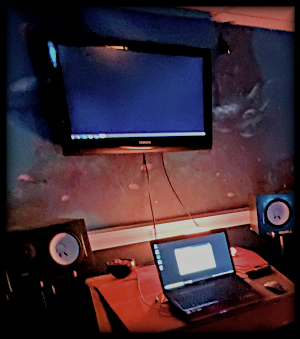
Studio Update – Instrument Upgrades
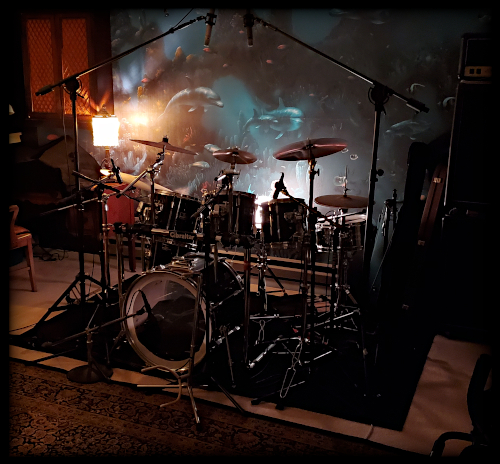
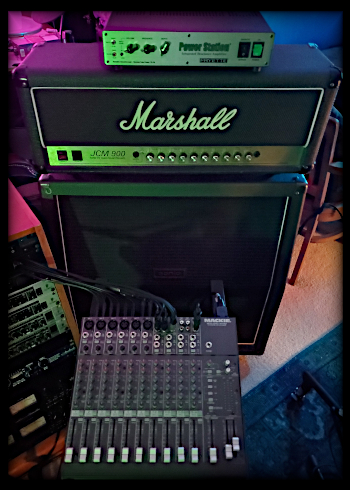
For my entire life, I owned and played only one guitar, a 1985, all-black, Ibanez Roadstar II, 6-string electric. A while back, I restored all the original electronics after I shifted away from my Heavy Metal phase. However, as part of my studio rebuild, I purchased a second guitar, a 2009 Gibson Les Paul Traditional Pro. Check it out.
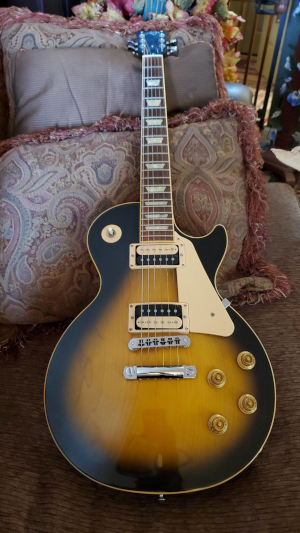
Home Recording Studio Update – Future Planned Upgrades
Here are some additional upgrades I have specified for rebuilding but still need to purchase.
- Herman Miller Mirra 2 Chair – Tilt Limiter and Seat Angle, Butterfly Back
- Lynx Studio Technology: Aurora 16 with LT-USB (AD/DA 24/196 16 channel Converter)
- Gallien-Krueger: CX410 Bass Cabinets (2x)
- Gallien-Krueger: MB Fusion (500W)
- Gallien-Krueger: 1001RB Power Amp
- 7-string electric guitar… still researching.
- Good quality vocal microphone… still researching.
- GIK Acoustics: 242 Acoustic Panels for 1st-order reflection control.
- Bass traps won’t be selected until a room frequency analysis has been completed, and the “trouble” frequencies are identified. Traps will be custom build to target those specific “trouble” frequencies.
- Build a small isolated vocal recording area.

